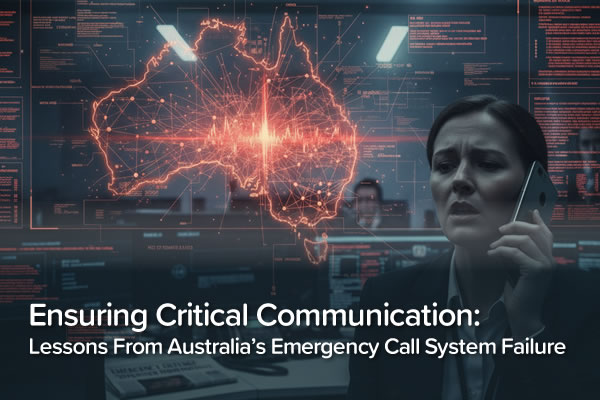The latest news and insights

How FWA, VoWiFi and VoLTE are Shaping the Future of Access
The future of telecom depends not only on building fast networks, but on building inclusive networks — ones that adapt to different geographies, economic contexts, and user habits. Technologies like Fixed Wireless Access (FWA), Voice over WiFi (VoWiFi) and Voice over LTE (VoLTE) are key to achieving this goal, supporting everything from digital inclusion in underserved areas to enhance voice quality in dense urban settings.
These are not standalone solutions — they are building blocks in a broader connectivity strategy. Used together, they help ensure that no matter where someone lives or works, being connected is not a privilege — it’s a given.
Fixed Wireless Access: Broadband Without Wires
FWA delivers broadband internet over 4G or 5G mobile networks, eliminating the need for fiber or copper infrastructure. A device installed at the customer’s location connects wirelessly to a nearby base station, providing high-speed internet to homes and businesses. This approach is especially valuable in areas where building fixed networks is too costly or slow — such as remote or hard-to-wire regions.
FWA enables internet access for essential services like education, e-health, remote work and entertainment. Its rapid deployment and lower cost make it a compelling option for governments and operators working to expand coverage and close the digital divide.
Voice That Adapts to the Environment
While FWA focuses on data, VoWiFi and VoLTE enable voice services over IP, helping ensure reliable communication in both urban and remote environments.
VoWiFi, or Voice over WiFi, allows users to make voice calls using any available WiFi connection. This means that even where mobile signal is weak or non-existent — such as inside buildings or in isolated areas with internet access — users can still stay connected. For communities with limited mobile infrastructure but access to WiFi, VoWiFi can be a game-changer. It leverages existing connectivity to provide reliable, high-quality voice services without requiring additional spectrum or new towers.
VoLTE, on the other hand, routes voice traffic over the LTE network, enabling high-definition voice calls with faster call setup times and lower latency than legacy voice networks. Because VoLTE uses the same IP-based core as data services, it provides consistency across devices and locations, and supports seamless mobility — making it essential for modern mobile voice experiences.
Complementary, Not Competitive
What makes these technologies powerful is not just their individual capabilities, but how they complement each other. FWA can bring broadband to a rural village; VoWiFi can ensure people in that village make crystal-clear calls indoors, even without mobile signal. VoLTE supports mobility and call quality across the 4G network, enhancing the mobile user experience in areas with strong LTE coverage.
In many real-world scenarios, operators are not choosing between these technologies — they’re integrating them. A household might receive its internet through FWA, make voice calls via VoWiFi at home, and switch to VoLTE when on the move. This convergence enables flexible, resilient networks adapted to the real needs of users.
A Path Toward Inclusion
FWA, VoWiFi and VoLTE each play a distinct role in building more inclusive connectivity. While FWA provides broadband where fixed lines can’t reach, and VoLTE enhances voice quality on the move, VoWiFi also stands out as a key enabler of voice communication in remote or low-coverage areas — especially where WiFi is more readily available than mobile signal.
Together, these technologies represent a path forward for closing the digital divide — not by relying on a single solution, but by intelligently combining them to serve diverse contexts, communities and communication needs.
Latest Blog

Empowering Operators with Summa Networks' Multi Vendor Core Mobile Solutions


